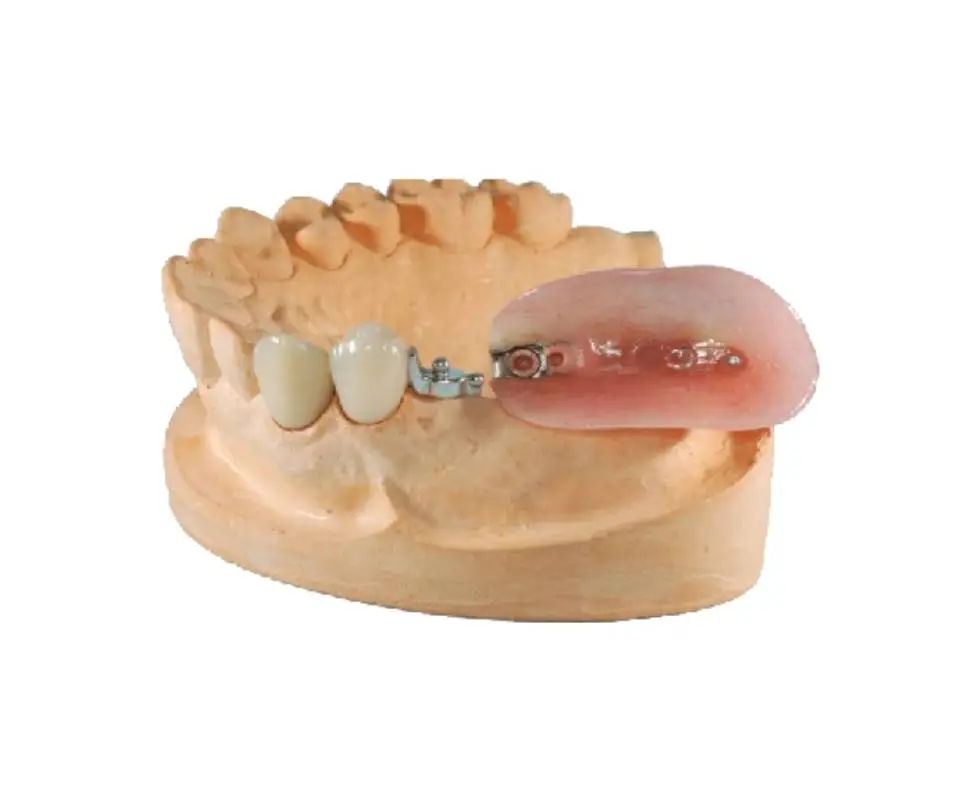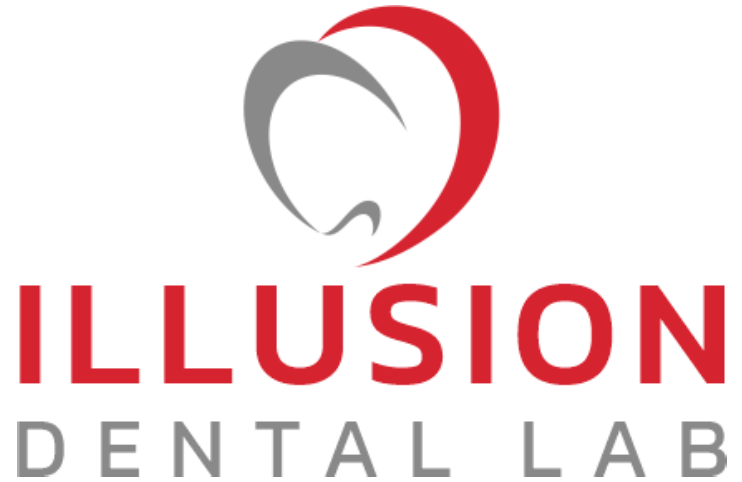Blog Details
Precision Attachments: Materials, Advancements, Pros & Cons

What is Precision Attachment?
Precision attachments are the functional mechanical components of the removable partial denture used in restorative dentistry. Precision means being 'precise', and attachment means 'A mechanical device' used to fix or retain dental prosthesis. These attachments act as the connection link between the RPD and the dental implants or abutment teeth. These components can be composed of plastic, metal, or a combination. They comprise two parts: a "female" part supporting the partial denture and a "male" part attached to a crown. The male part is known as Patrix, and the female is known as Matrix. The male component is often an attachment that extends from the prosthesis and is made of metal or ceramic. On the other hand, the female portion is typically attached to the implant or inserted within the tooth that serves as the abutment. It is made to perfectly match the male component, resulting in a snug and exact fit.
Depending on the demands of the user, various attachment types, such as ball and socket, bar, or magnetic attachments, are available. Precision attachments improve the aesthetics, functionality and comfort of dental prostheses overall.
1. Materials employed for Precision Attachments
Several materials may be utilised for precision attachments depending on the precise type of attachment system and the dentist's or prosthodontist's preferences. Here are some typical components for precise attachments.
- Metal Alloys: Precision attachments frequently use metal alloys like titanium and cobalt-chromium (Co-Cr). These alloys have high strength, superior corrosion resistance and provide an exact fit. They offer sturdiness and durability and are used to fabricate the framework that supports the male component and the remaining components of the partial denture.
- Ceramics: The exceptional aesthetic qualities of dental ceramics like Zirconia or porcelain make them the preferred choice. These materials offer a natural tooth-like look and can be used for the precision attachment's female component. Ceramics offer pleasing aesthetics, as well as being biocompatible and stain resistant.
- Composite Resins : The female part of precision attachments can be made of tooth-coloured materials called composite resins. They look beautiful and are simple to connect to the natural tooth structure. Compared to ceramics, composite resins offer a more affordable option; however, they need to be more durable.
- Polymers: The male portion of precision attachments is sometimes made of polymers, like acrylic resins. These materials may be easily adjusted and lightweight during the fabrication process. Polymers, however, could show greater wear and need regular maintenance or replacement.
2. Recent Developments in Precision Attachments
- CAD/CAM Technology: Computer-aided design/computer-aided manufacturing (CAD/CAM) technology has transformed the design and production of precision attachments. Digital scanners capture accurate impressions of the patient's oral structures. The captured images are then printed using 3D printers to create exact and personalised precision attachments. Digitally aided designs help in designing precision attachments accurately.
- Integration of Digital Processes: Dental professionals can now smoothly incorporate precision attachments into their practice due to the integration of digital technologies. It covers digital design, 3D printing, milling of the prosthesis, and virtual treatment planning. Precision attachments fit better and are more predictable because of the increased efficiency and accuracy of the digital workflow.
- New and Advanced Materials: More recent metal alloys have been developed with improved biocompatibility and corrosion resistance. Tooth-coloured materials like Zirconia offer better aesthetics than conventional metal attachments. Zirconia is one of the best ceramic materials for teeth replacements and is widely gaining popularity in dental treatments.
- Advancements in Magnetic Attachments: Both the design and the materials used to make magnetic attachments have improved. New magnetic attachment techniques offer increased stability and retention to improve fit and function. The flexibility and convenience of maintenance offered by magnetic attachments can be readily changed or adjusted.
- Hybrid Attachments: Hybrid attachments utilise various techniques with their unique features. For example, a ball attachment and a robust attachment may sometimes offer the best retention and stability. Hybrid attachments make customised solutions that consider each patient's particular needs possible.
- CAD/CAM Designed Implant Attachments: The design and production of implant attachments are now possible using CAD/CAM technologies in implant-supported prostheses. It makes it possible to fit and customise dental implant attachments precisely, improving the prosthesis' stability and durability.
3. Pros and Cons with Precision Attachments
Pros:
- Enhanced Aesthetics: The advanced and improved precision attachments are made of natural-looking materials like Zirconia, offering better teeth replacement aesthetics.
- Proper Retention and Stability: Precision attachments designed with advanced digital workflow offer better retention and stability than conventional removable prostheses. It helps to secure the engagement between the male and female components of the attachment and provides a more stable fit. It reduces the risk of prosthesis movement or dislodgment during speech or chewing.
- Extensive Tooth Preservation: Precision attachments can protect the natural tooth structure by preserving the tooth structure. When precise attachments are utilised in place of traditional fixed dental prostheses, the abutment teeth can be preserved, minimising the requirement for tooth reduction.
- Better Chewing ability and patient comfort: Precision attachments uniformly distribute the forces applied during chewing, increasing the patient's comfort and efficiency when biting and chewing food. It may improve the patient's general ability to chew and food preferences. They are more comfortable, lightweight, and easy to wear and remove.
Cons:
- Complex Design and Fabrication: The procedure of designing and fabricating precision attachment is complex and time-consuming; hence it requires careful designing and proper coordination between the dentist and the dental technician.
- Price: Precision attachments need great precision in design and fabrication. It involves expert technicians crafting these attachments using advanced quality materials and the latest technology. All these factors contribute to higher overall treatment costs with precision attachments.
- Requires proper maintenance: The stresses and pressure generated during chewing and other functional actions cause wear and tear of precise attachments. It requires regular maintenance and potential component replacement to deliver superior efficiency and longevity for long-lasting results.
- Suitability: Precision attachments may not be suitable for all cases. Specific clinical situations, such as inadequate oral hygiene, compromised abutment teeth, or unfavourable jaw relationships, may contraindicate precision attachments. In such cases, alternative treatment options need to be considered.
- Adjustment and Repairs: It requires adding and replacing components and adjusting the fit of precision attachments over a while. It is mandatory to monitor the condition and functionality and make necessary adjustments time and again to ensure the performance and comfort of these attachments.
The benefits and drawbacks of precision attachments differ based on the particular situation and the level of experience possessed by the dental practitioner concerned. As a result, it is advised to seek advice from a dentist or prosthodontist to choose the best course of action for each patient's unique dental needs.





